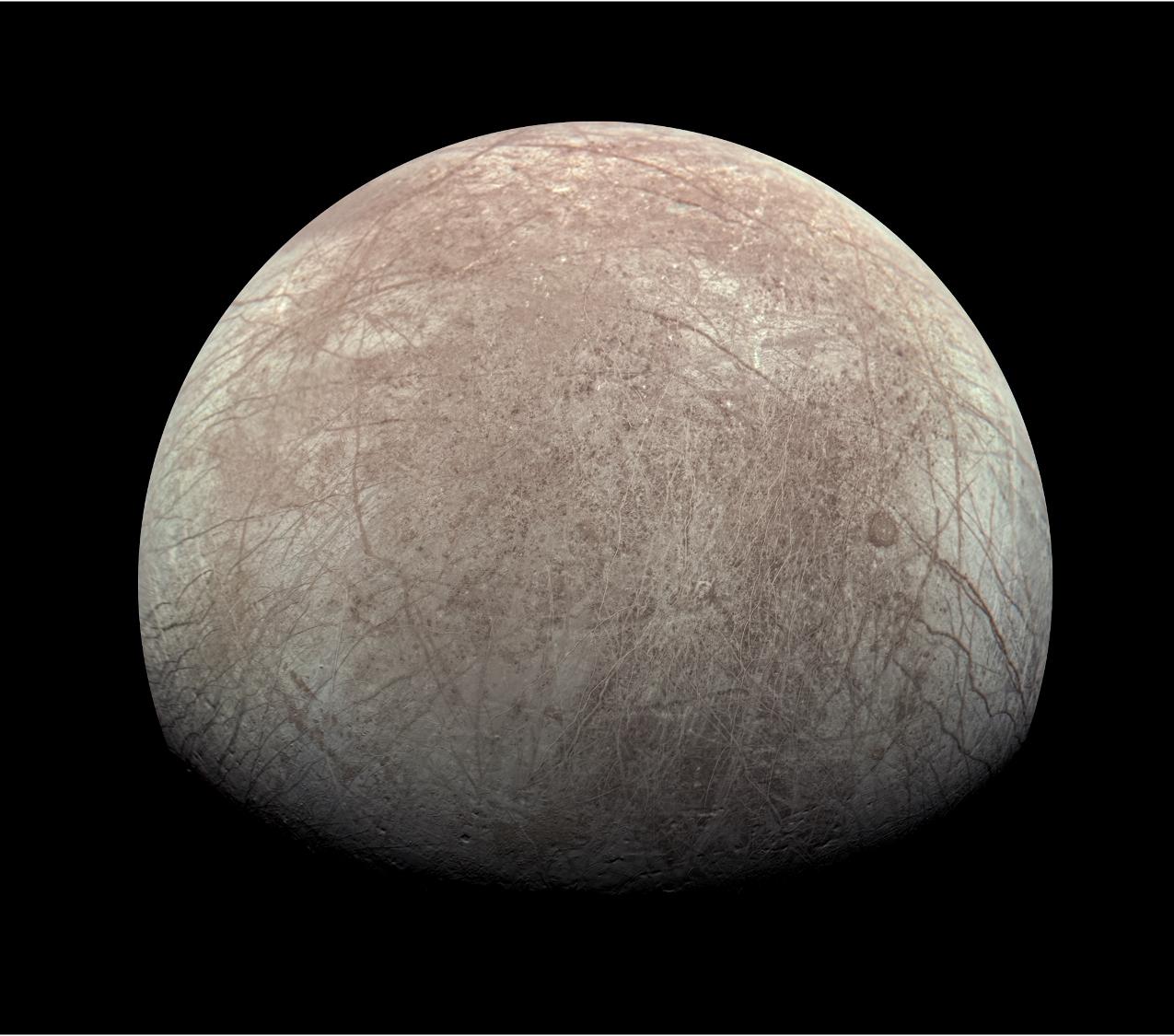NASA’s extremely anticipated Europa Clipper probe certain for an icy moon of Jupiter is on monitor for its liftoff subsequent month.
Europa Clipper, which can research the possibly life-harboring Jupiter moon Europa up shut, handed a vital technical evaluation referred to as Key Determination Level E (KDP-E) at this time (Sept. 9). The excellent news signifies that Clipper can proceed into last preparations for launch, which is scheduled to happen atop a SpaceX Falcon Heavy rocket from NASA’s Kennedy Area Middle in Florida on Oct. 10.
“I’m thrilled to say that we’re assured that our stunning spacecraft and succesful workforce are prepared for launch operations and our full science mission at Europa,” Laurie Leshin, director of NASA’s Jet Propulsion Laboratory (JPL) in Southern California, advised reporters this afternoon.
That is an epic mission.”
— Mission Program Scientist Curt Niebur
A number of months in the past, passing KDP-E might have appeared like an extended shot for the $5 billion Clipper mission.
In Might, the mission workforce realized that Clipper’s transistors, which management the circulation of electrical energy on the spacecraft, endure failures at decrease radiation doses than beforehand thought. That may very well be an enormous deal, provided that Europa lies inside a radiation scorching zone, because of Jupiter’s enormously robust magnetic discipline.
Associated: Why NASA’s Europa Clipper to Jupiter’s icy moon is such an enormous deal
After 4 months of nearly continuous testing and evaluation, nevertheless, the Clipper workforce decided that the transistors ought to maintain up all through the probe’s four-year science mission.
Clipper will orbit Jupiter and research Europa — which is assumed to harbor an enormous ocean beneath its icy crust — over the course of almost 50 shut flybys. This mission design signifies that the probe might be in a radiation hazard zone for a comparatively small proportion of its time within the Jupiter system. And that may give the transistors an opportunity to get well, workforce members stated.
“We concluded, in any case of this testing, that in our orbits round Jupiter, whereas Europa Clipper does dip into the radiation surroundings, as soon as it comes out, it comes out lengthy sufficient for these transistors the chance to heal and partially get well between flybys,” Europa Clipper Mission Supervisor Jordan Evans, additionally of JPL, stated throughout at this time’s press convention.
The workforce will proceed monitoring the transistors after Clipper’s launch, Evans stated. However, he added, “the Europa Clipper venture and I personally have excessive confidence we will full the unique mission for exploring Europa as deliberate.”

Europa Clipper is the most important spacecraft NASA has ever constructed for planetary exploration. With its large photo voltaic arrays prolonged, the probe will span about 100 ft (30 meters) from finish to finish, making it longer than a basketball court docket. At launch, Clipper will weigh about 13,000 kilos (6,000 kilograms), with propellant making up almost half of that complete.
The probe will carry 9 science devices to the Jupiter system, which it is anticipated to achieve in 2030. Clipper will use that gear to review Europa’s icy floor and characterize its subsurface ocean, with the primary purpose of figuring out if the moon is able to supporting life as we all know it.
“That is an epic mission. It is an opportunity for us to discover not a world which may have been liveable billions of years in the past, however a world that could be liveable at this time, proper now,” stated Europa Clipper Program Scientist Curt Niebur, who’s primarily based at NASA headquarters in Washington, D.C.
“It has undoubtedly been definitely worth the wait,” he stated of the mission. “It has been definitely worth the laborious work.”




